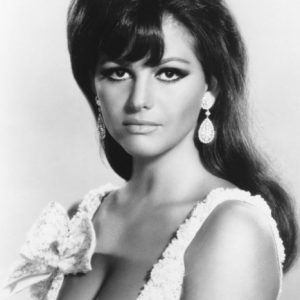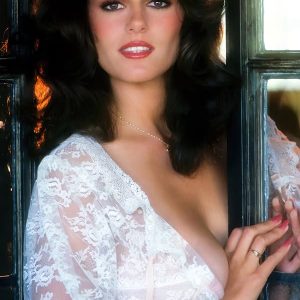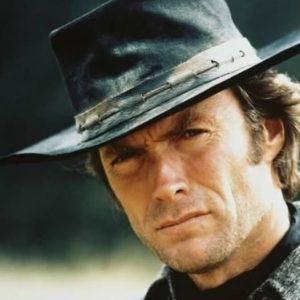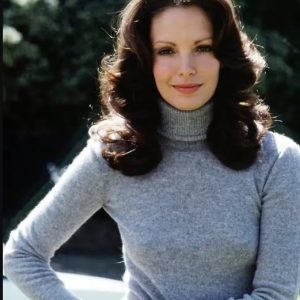Introduction to the Song
“The Ballad of the Green Berets” is a patriotic ballad written by Robin Moore and Staff Sgt. Barry Sadler. Released in 1966 during the Vietnam War, it quickly became a beloved anthem in the United States.
Honoring the Elite
The song pays homage to the Green Berets, an elite group within the U.S. Army Special Forces known for their distinctive headgear and exceptional skills.
Sadler’s Personal Connection
Co-writer and performer Staff Sgt. Barry Sadler, a Green Beret medic, penned the song while recovering from a Vietnam War injury. Its narrative style and focus on soldier bravery resonated deeply with Americans during a turbulent period in history.
Cultural Impact and Success
“The Ballad of the Green Berets” topped the Billboard Hot 100 chart for five weeks, reflecting divided American sentiments about the Vietnam War. Unlike anti-war songs of the era, Sadler’s ballad celebrated military service and sacrifice.
Themes and Lyrics
The song highlights the courage of the Green Berets, portraying them as fearless soldiers who seek little recognition. Its chorus, “These are men, America’s best,” reflects public admiration for these soldiers and the pride of serving one’s country.
Shaping Public Perception
Beyond music, the ballad countered anti-war sentiments prevalent in the 1960s counterculture. It emphasized honoring military sacrifices and garnered widespread support for military efforts overseas.
Sadler’s Legacy
Following his musical success, Sadler authored novels but never matched the ballad’s popularity. His life was marked by personal challenges and triumphs, leaving a lasting impact due to his military service and musical achievements.
Lasting Cultural Impact
“The Ballad of the Green Berets” remains a significant military anthem, symbolizing the complexities of American patriotism and duty during the Vietnam War era. It underscores the era’s cultural conflicts and the role of music in shaping public opinion.
In summary, “The Ballad of the Green Berets” is a poignant cultural artifact of the 1960s, reflecting America’s conflicted views on war and national identity. It stands as a testament to the sacrifices of military personnel and the power of music to capture the spirit of its time.





